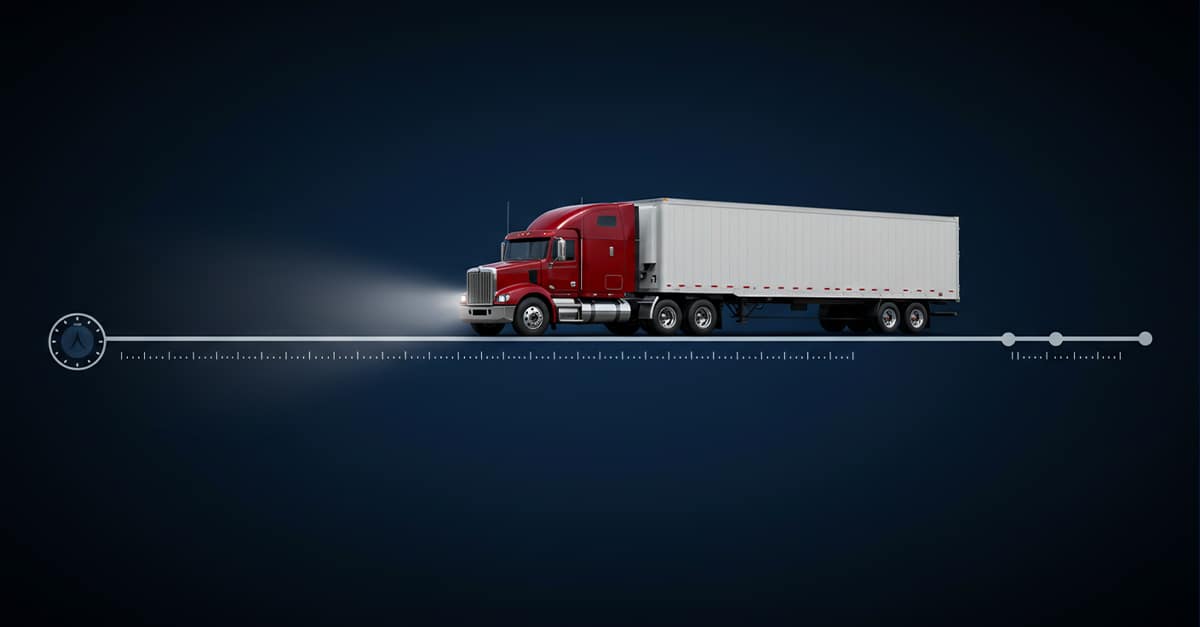Logistics tech platform use is on the rise. Factors like the COVID-19 pandemic and venture capital investments in the shipping industry spurred the move from paperwork to the platform. Technology has provided significant benefits for shippers, encouraging increased use, and logistics platforms allow them to combine their separate systems and capabilities to streamline logistics management.
This increase is for a good reason, as these platforms provide shippers and other supply chain professionals with management systems that allow them to effectively manage their logistics networks and processes, execute their transportation process, and utilize rich analytics and insights that improve decision-making.
In addition to sharing more about how platforms help address logistics challenges, this article covers the elements that make up a good platform.
Challenges Faced by the Logistics Industry Necessitating Logistics Technology
The 2022 Inbound Logistics Perspectives: 3PL Market Research Report gives an idea of the biggest challenges shippers face. In the report, 70 percent of shippers listed transport costs as a challenge, up from 50 percent the year before. This comes down to the problems of high freight rates and inflation. Shippers want to find lower rates and manage the total costs of freight transportation. The next most prominent concerns were:- Finding, training, and retaining qualified labor (55 percent)
- Business process improvement (51 percent)
- E-commerce (45 percent)
- Providing high customer service and managing customer expectations
- Handling complex and fragmented logistics systems
- Dealing with labor shortages
- Handling inventory
- Creating better supply chain visibility
- Implementing and utilizing technology
- Dealing with shortages in storage space
The Features Buyers Are Looking for in Logistics Tech Platforms
Technology is helping supply chain professionals overcome many of the challenges they’re facing in the industry. Yet, it’s not enough to simply have a logistics tech platform. It needs to provide the right features. These are the top features to look for in a good logistics platform:- Order Management
- Inventory Management
- Warehouse Management
- Real-Time Visibility
- Transportation Execution
- Management by Exception
Some Trends Driving Modern Logistics Tech Platforms
In addition to societal factors that acted as catalysts to bring forward technology in shipping, we’re also seeing modern trends helping drive logistics tech platforms. These include:- Automation
- AI and Machine Learning
- Evolved TMS
- Increased Use of APIs
- Real-time Transportation Visibility
- Data and Analytics for Improved Decision Making
The Modern TMS … The Logistics Tech Platform to Execute & Manage Effectively
While there were earlier iterations of logistics technology that were limited, the modern TMS allows supply chain professionals to bring together disparate team players, processes, and technologies through a single, easy-to-use platform. These logistics platforms help shippers manage and solve many of the most significant supply chain issues.Collaboration
A good TMS can solve the fragmentation problem, as the complex logistics industry has many parts, players, and processes. Through a TMS, you can see all aspects of the process to manage everything better and create improved collaboration between vendors, departments, team members, and so on.Visibility
A TMS improves visibility into every part of the supply chain and logistics process. You can gain real-time visibility that helps you respond instantly to problems. You better understand all facets of inventory, ordering, and shipment processes through visibility and can create better customer and carrier relationships through updates and effective communication.Cohesion
Logistics platforms should bring together rich features toward the goal of logistics success. These platforms:- Give shippers and others in the industry the capability of unifying the various parts of the supply chain.
- Help companies and systems work smarter rather than harder, as digitization of processes creates more productivity, maximizes resources, and provides automation.
- Create and deliver an improved customer experience where the customer has increased visibility and higher satisfaction through meeting or exceeding expectations.









